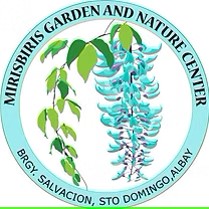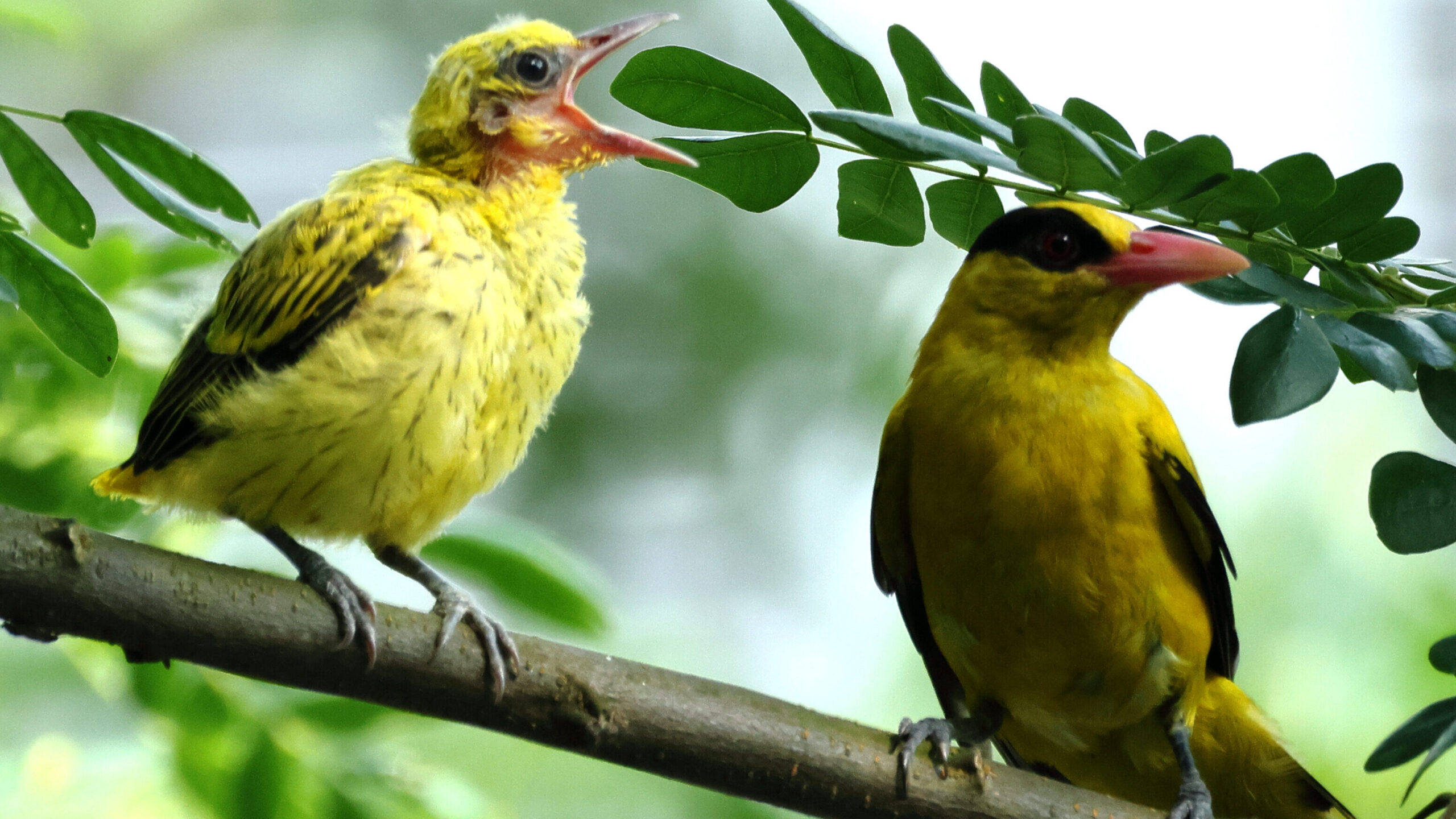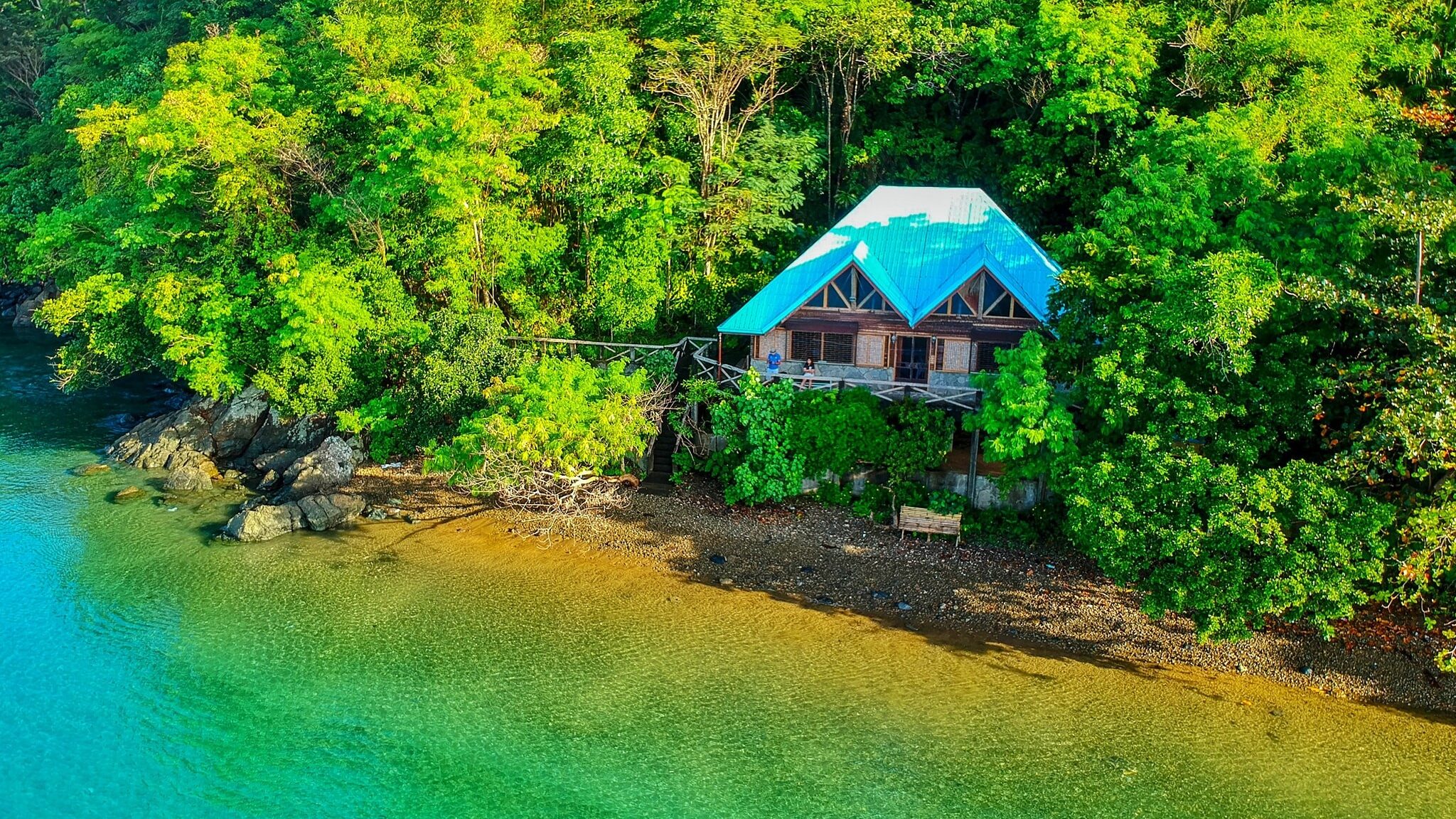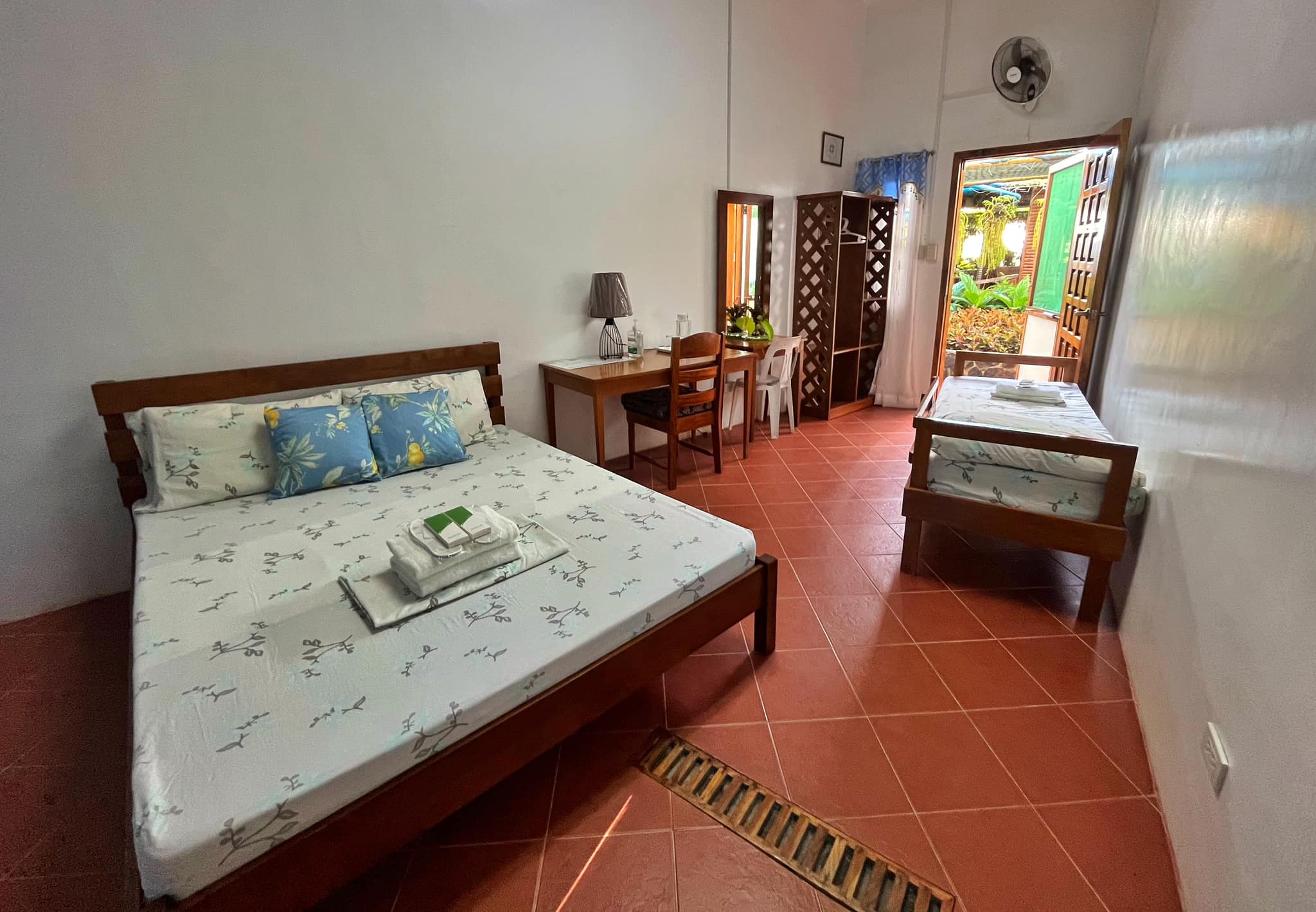by Roaming Rome
There’s a certain rhythm to life here at Mirisbiris. It’s something you begin to notice when you spend time just being present. As someone who appreciates the quieter side of nature, I’ve found this place to be a constant source of simple discoveries.
The 10-hectare garden and nature reserve is a project of care. When the owner first came here, the land had been logged, but a resilient forest ecosystem remained. They have since focused on replanting native species and cultivating various plants, from orchids and gingers to fruit trees and herbs, all while trying to maintain a sustainable balance with the hilly landscape around Mirisbiris.
For those who enjoy observing wildlife, the garden offers its own subtle rewards. The most noticeable, perhaps, are the birds. Their activity marks the beginning and end of each day. In the early morning and late afternoon, the air fills with a symphony of calls and chirps. It’s during these times that the landscape truly comes alive.





You might see the familiar shape of a Red Junglefowl stepping carefully through the undergrowth, or catch the soft cooing of Red-collared Doves and Spotted Doves. We have a variety of native doves as well, including the Philippine Cuckoo-Dove, White-eared Brown Dove, and the beautiful Amethyst Brown Dove.






From the visitor center, you can often get a treetop view, which is a great vantage point. With a bit of patience, you might spot a Blue-throated Bee-eater or a Blue-tailed Bee-eater catching insects on the wing. The call of the Collared Kingfisher is a common sound, and occasionally, a lucky visitor might even glimpse the rare Mangrove Blue Flycatcher.



Other residents make their presence known through flashes of movement and color: the energetic Philippine Pied Fantail, the Black-naped Monarch, the Pied Triller, and both the Philippine and Yellow-vented Bulbul. Sometimes, a visiting Arctic Warbler can be found amongst the leaves. The vibrant Garden Sunbird, Flaming Sunbird, and Black-naped Oriole add splashes of color to the scenery, while flocks of Eurasian Tree Sparrows go about their busy day. With some patience, one might also spot the elusive Philippine Eagle-Owl.
There are surely other birds here, waiting for a keen eye to identify them.

While birdlife is a key feature, the broader environment of Mirisbiris contributes to its biodiversity. The foundation focus on sustainable practices, maintaining the forest ecosystem that supports this wildlife. The property includes trails, cultivated gardens with various plant collections, and access to a small beach with a fringing coral reef. From certain points in the garden, there are clear views of Mayon Volcano.
I think of Mirisbiris as a cross between a botanical garden, a forest, and a small farm. It’s a place for quiet walks and observation. So, if you are a bird enthusiast, a photographer, or just a curious nature explorer who appreciates a peaceful environment, you might enjoy a visit. Come and see what you can discover at your own pace.







Leave a Reply